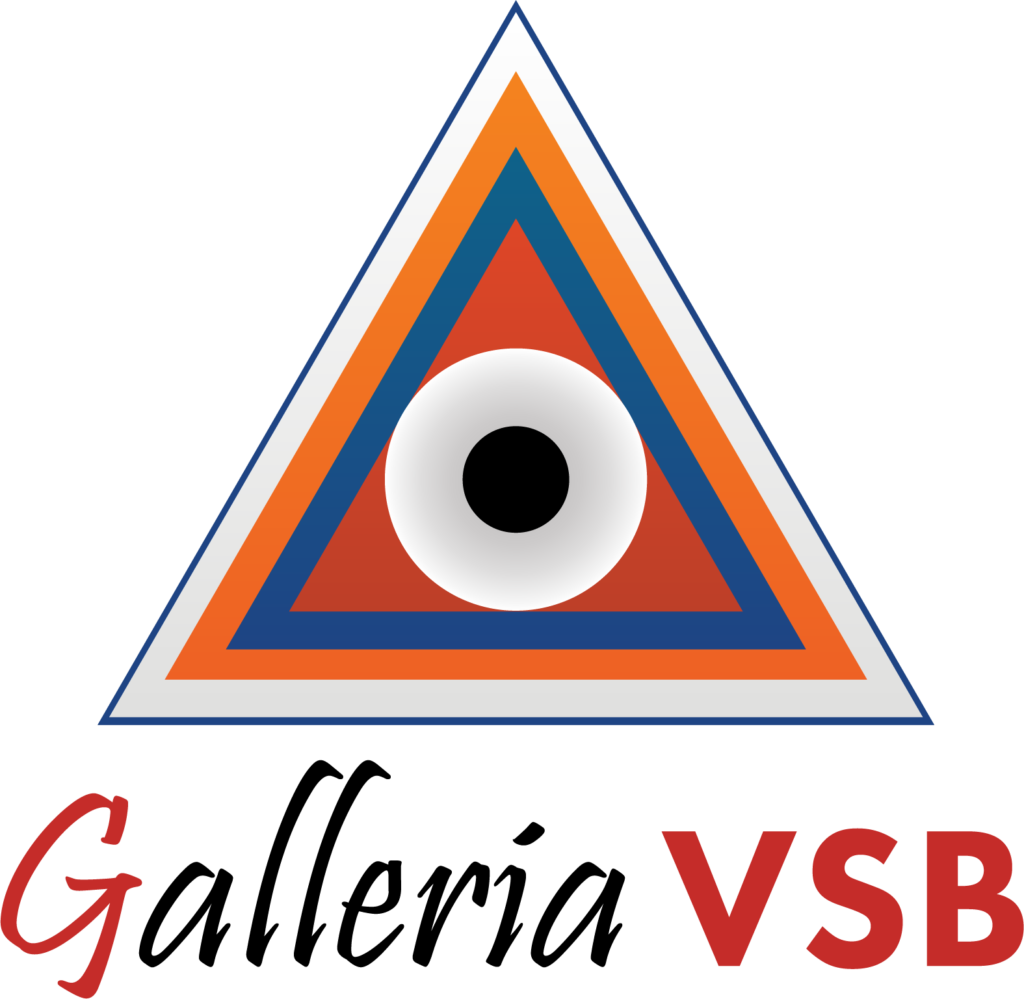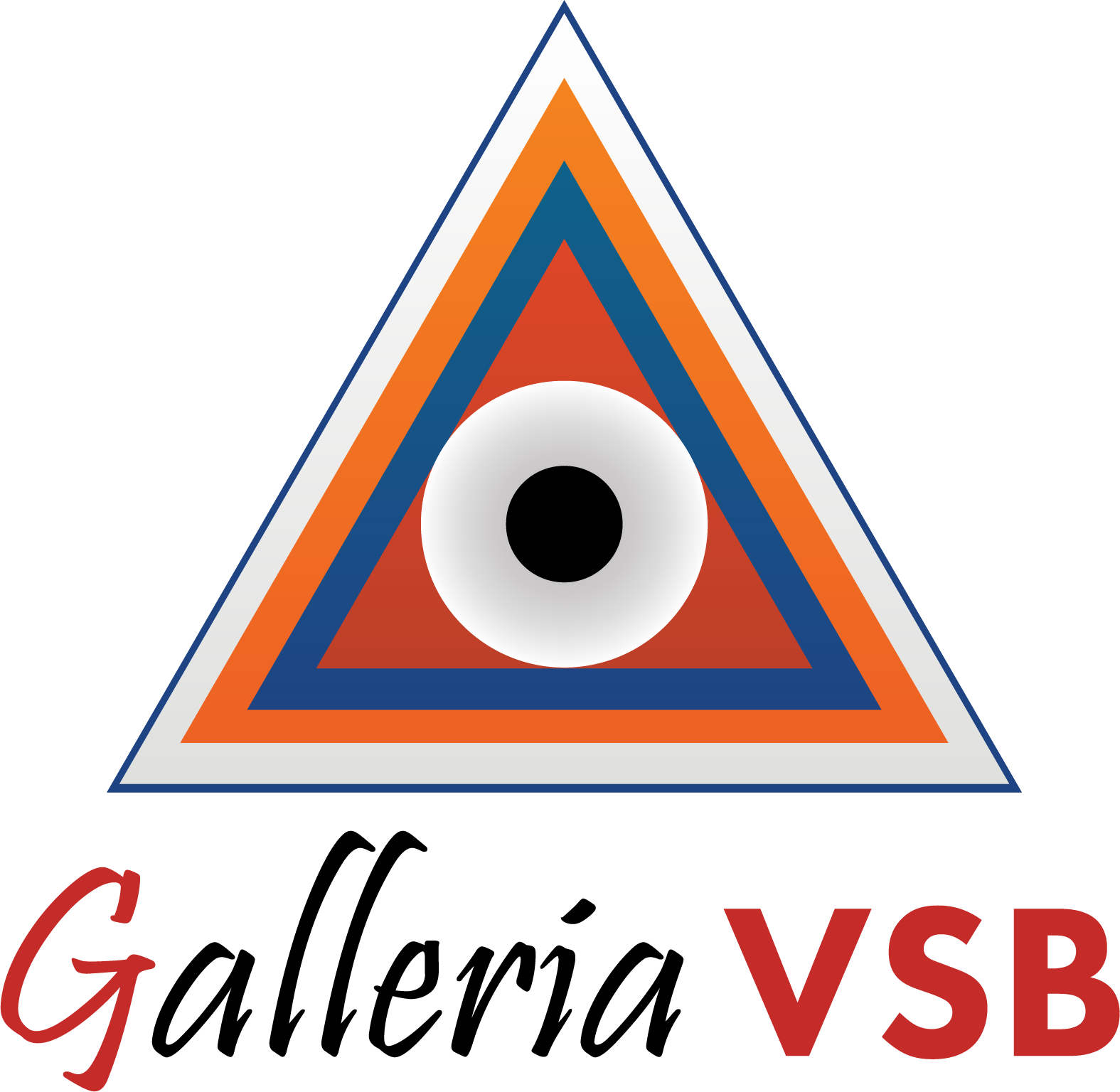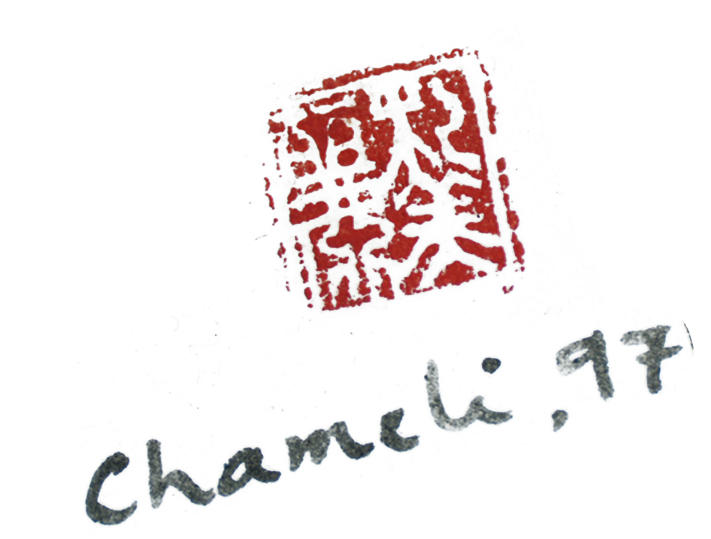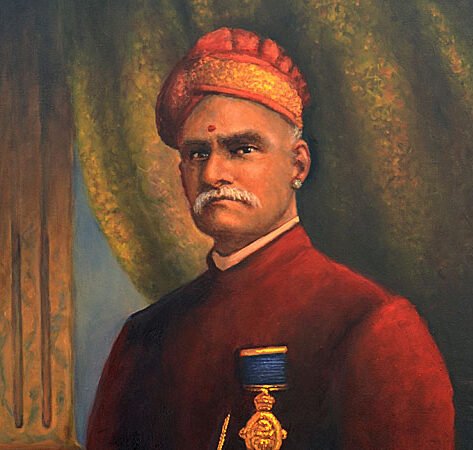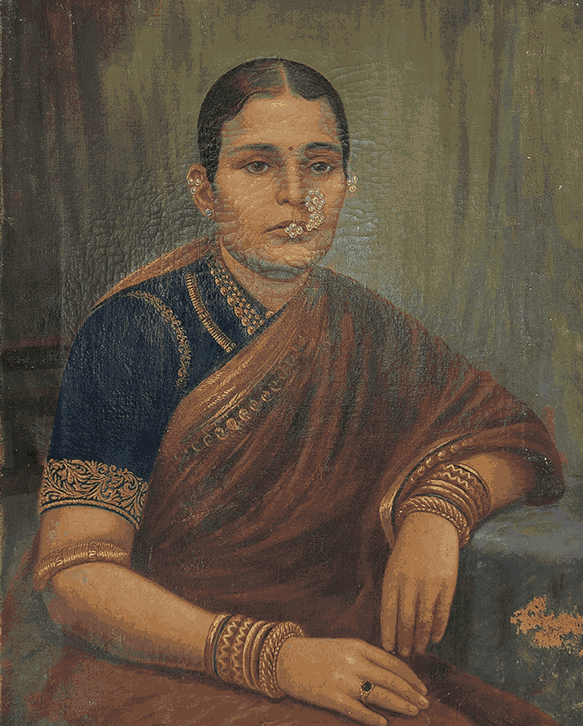Raja Ravi Varma was born on April 29, 1848, Bharani Thirunal Raja Raji Varma Koil Thampuran, a mentor to Ravi Varma, introduced him to the world of art. Raja Raja Varma, Ravi Varma’s uncle, recognized the young boy’s exceptional talent and incorporated painting into his curriculum, with a focus on drawing.At the age of 13, Ravi Varma made his debut at the Travancore royal court, where he was encouraged by Ayilyam Thirunal, the ruler at the time. Ayilyam Thirunal was an enlightened patron of the fine arts and directed Ravi Varma to study and copy pictures in the Palace, observe the painters at work, and try his hand at oils. Ravi Varma was fascinated by the European paintings he saw, particularly the reproductions of Italian masters, which were a novel experience for him. He was struck by the three-dimensional quality, composition, and play of light and shade, which were in stark contrast to the murals he was familiar with.Despite facing rejection and discouragement, Ravi Varma persevered, driven by his passion for art. He eventually found a mentor in Arumughom Pillai, who taught him the intricacies of oils and new techniques in secret. Ravi Varma’s goal was to create art that would fill the artistic and religious void in India, and he believed that portraying themes from ancient texts and classics was the answer. He hoped to replace the crude and distorted products available at the time with his own refined and beautiful works.Sir T. Madhav Rao, a long-time supporter, suggested that Ravi Varma consider oleographing select pictures to meet the growing demand for his works. Although it took a decade for this suggestion to materialise, Ravi Varma went on to create a vast array of works, including sketches of ordinary men and women, animals, birds, and landscapes.
